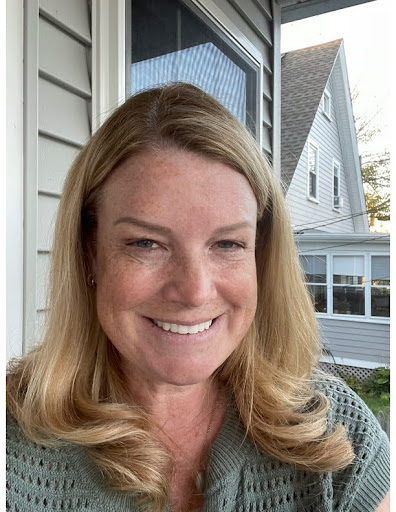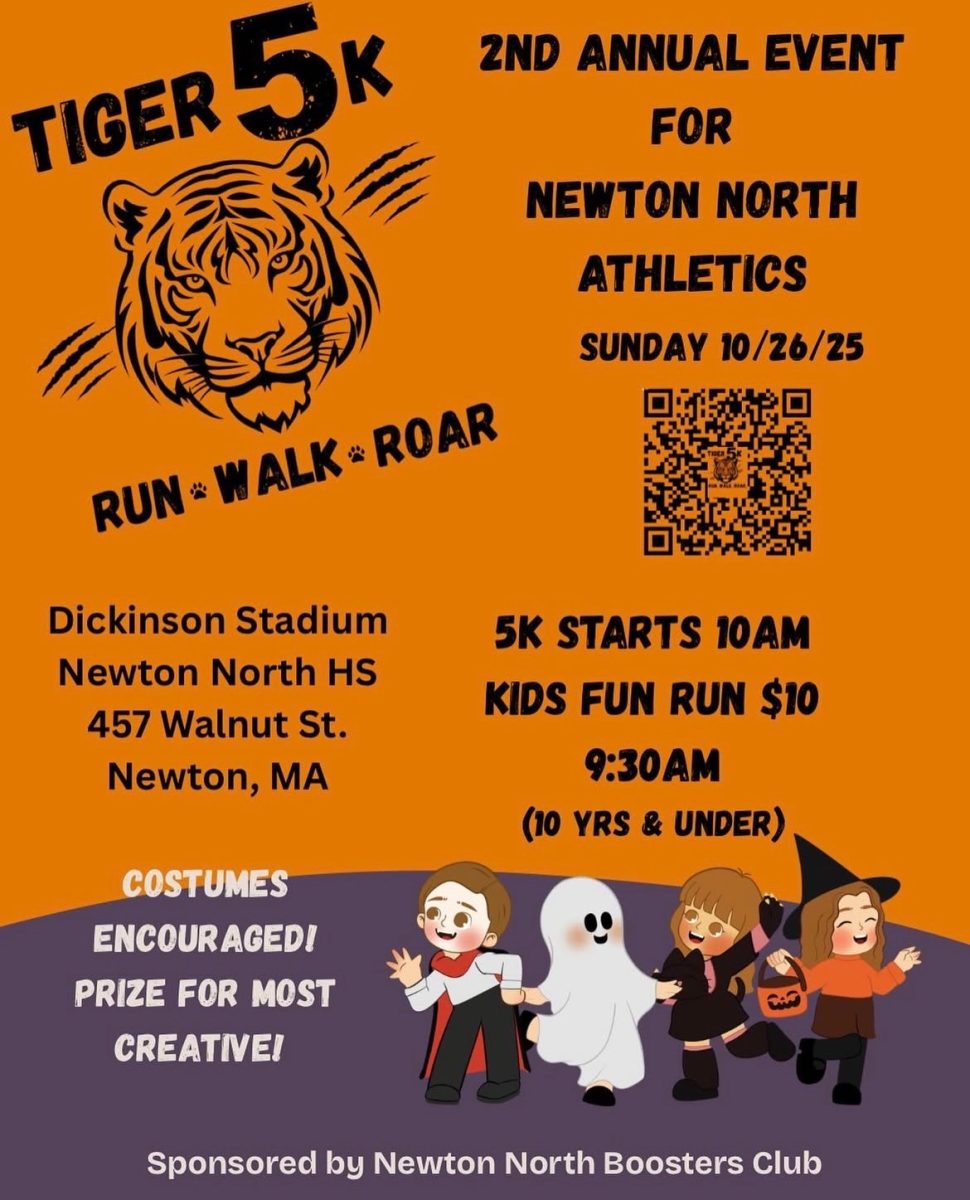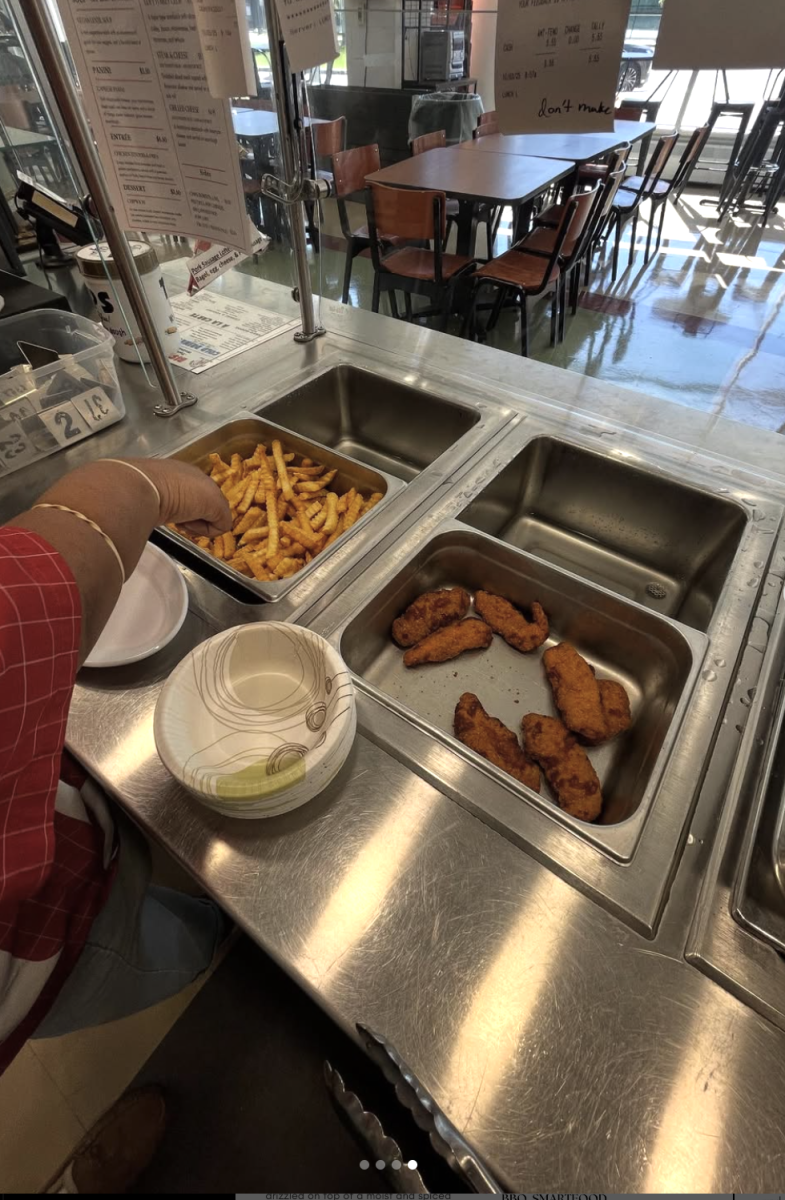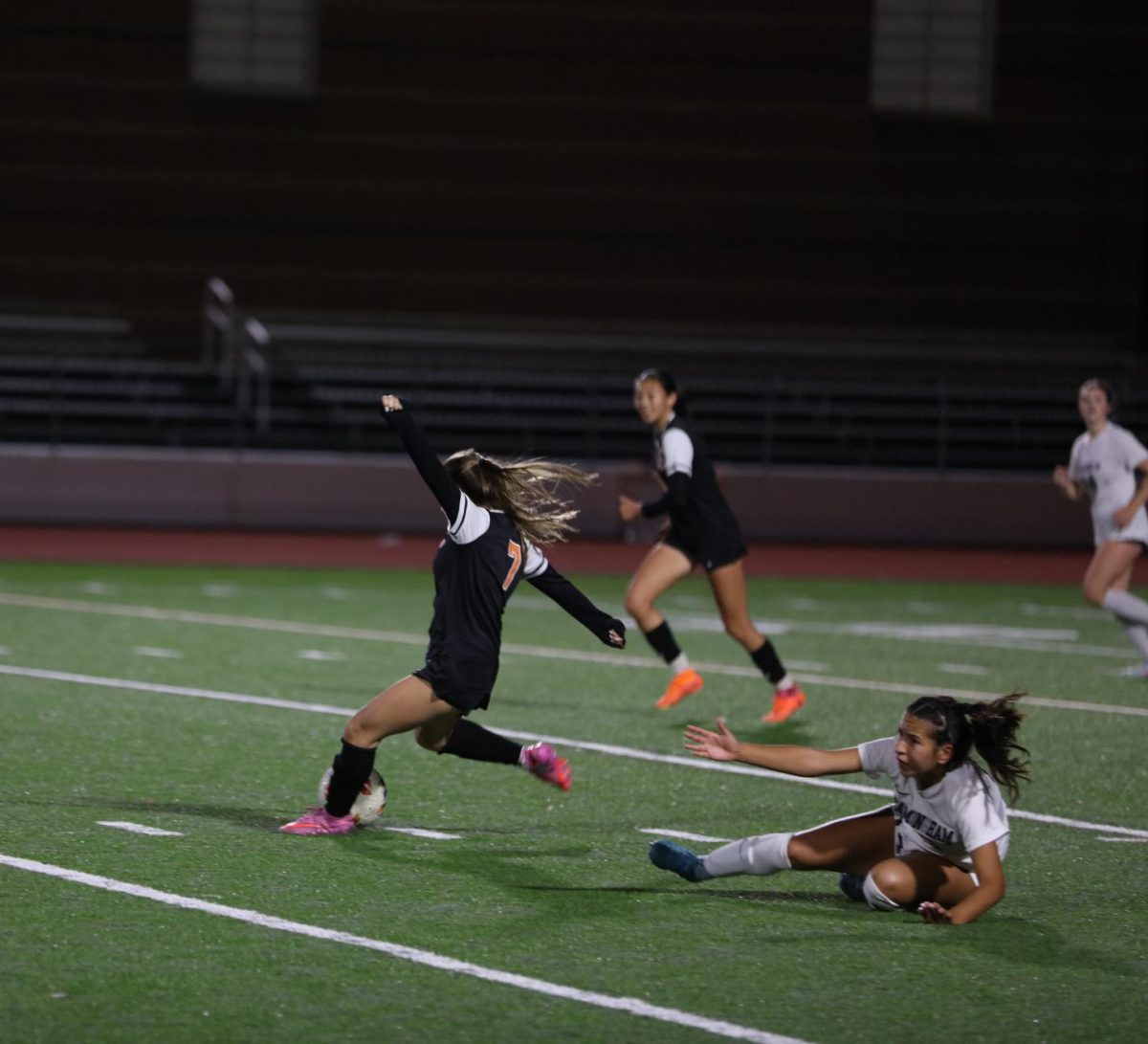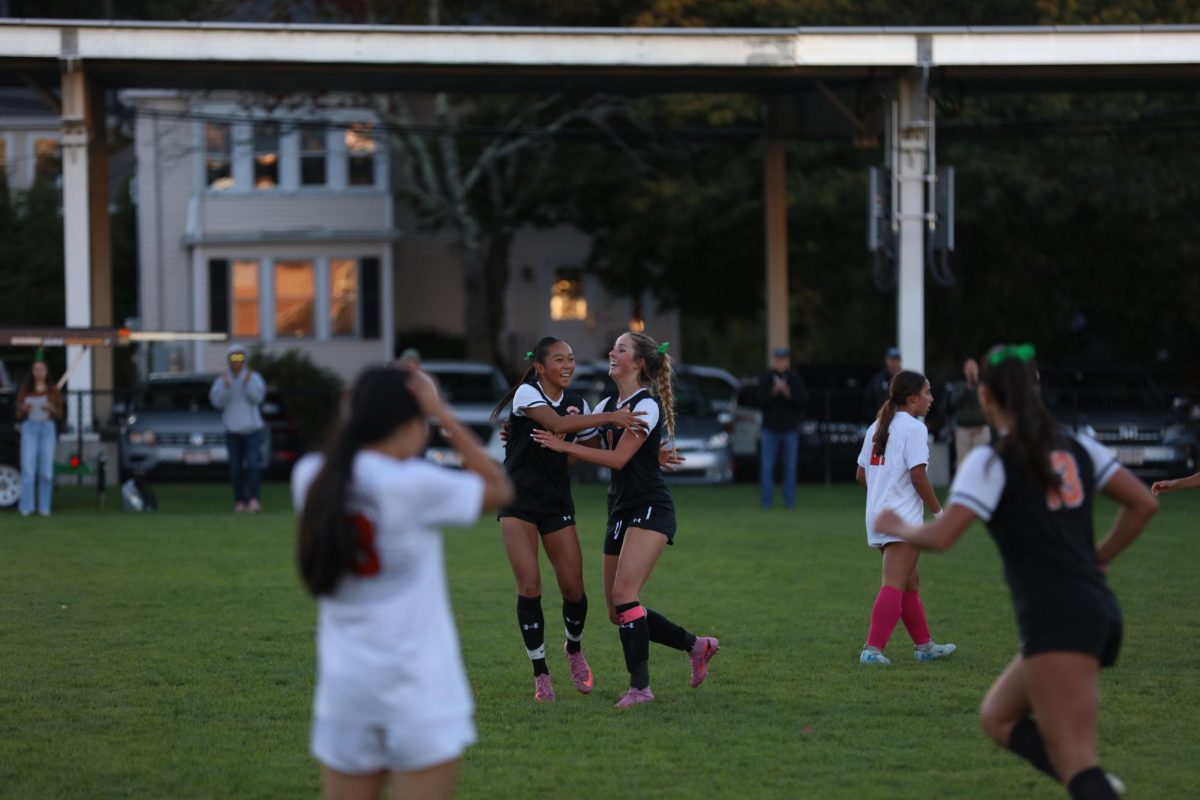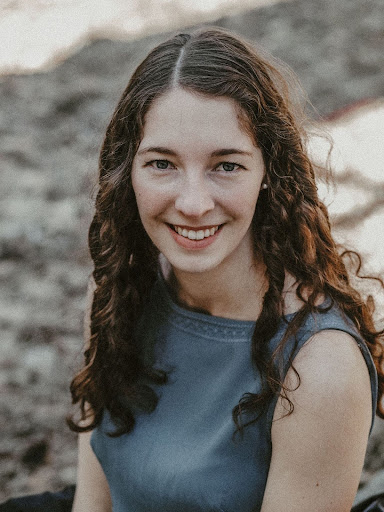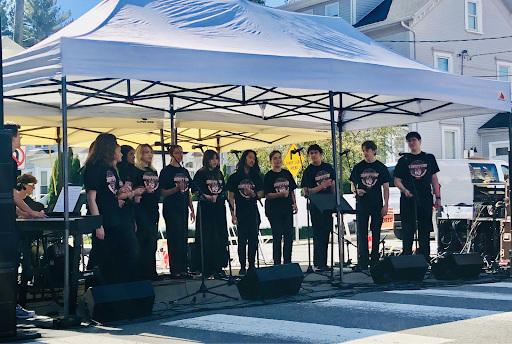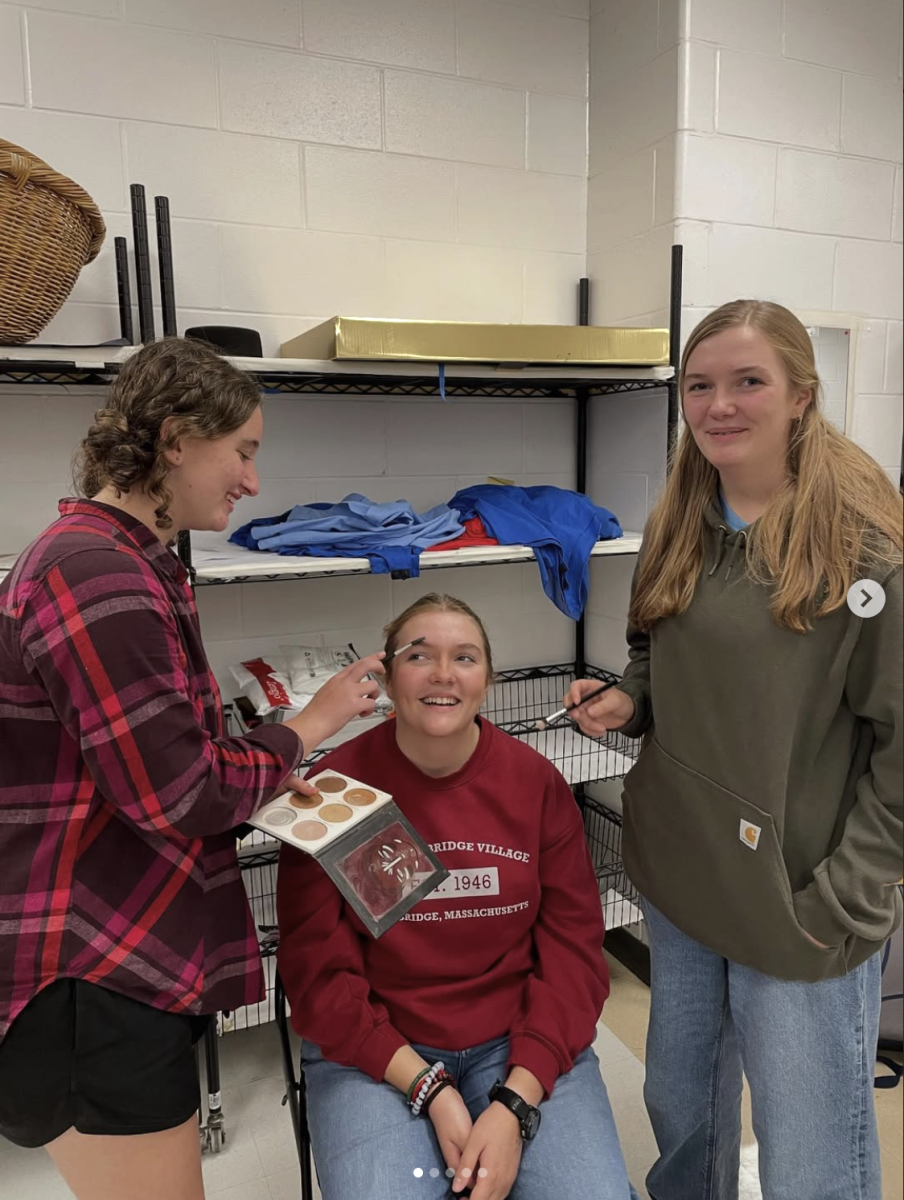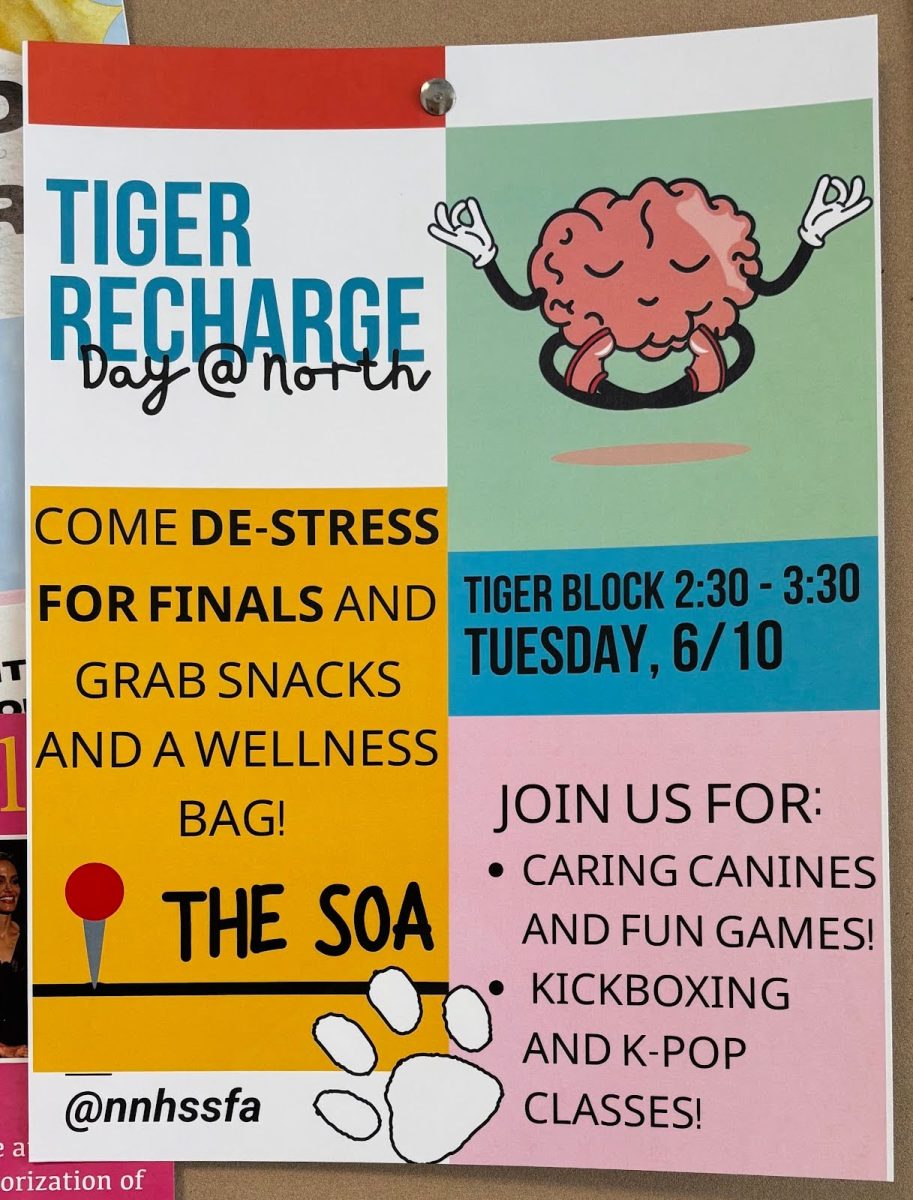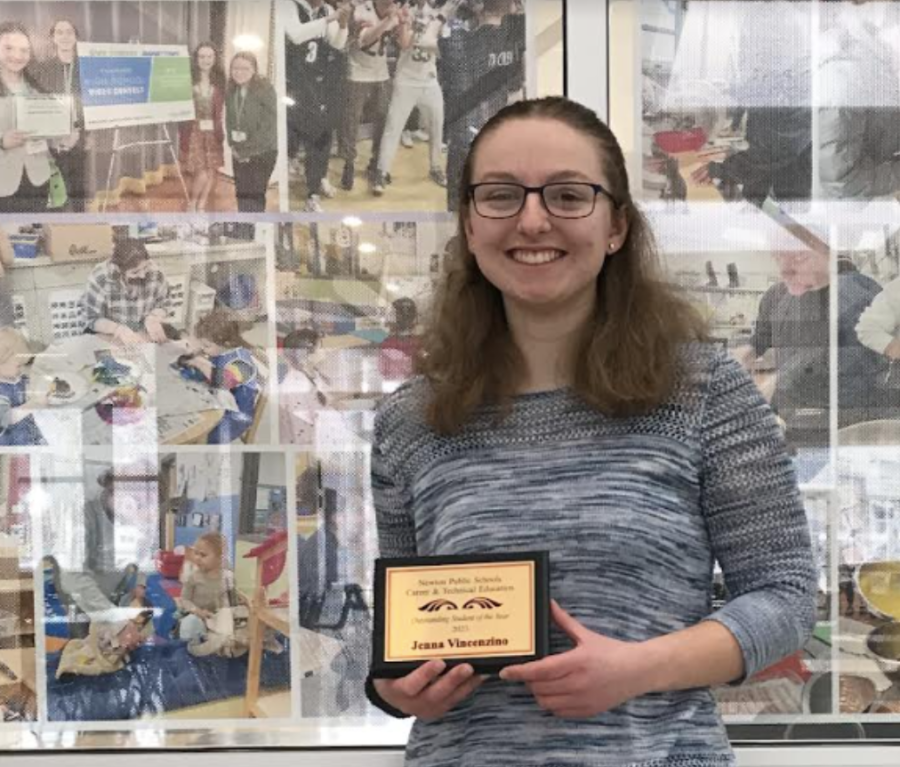 [/media-credit]
[/media-credit]
- Peter Vanderwarker spoke in his presentation “A Tattered Map of Hope: Immigration and the Shaping of Boston” as part of the Huntington Lecture Series Thursday.
by Steven Michael
To illustrate the diverse immigrant backgrounds of Americans, photographer Peter Vanderwarker used two of his friends, John Willett and David Wilson, as examples. Willett, a builder and Waban resident, is a descendant of John Bradford, the second governor of the Plymouth Colony. Wilson, an attorney and Newton Highlands resident, is a descendant of Abraham Rutman, a famed Rhode Island bootlegger who emigrated from Russia following the Bolshevik Revolution in 1917. Today, the three friends meet for coffee every morning.
Vanderwarker spoke about immigration and its impact on the architecture of Boston in a presentation entitled “A Tattered Map of Hope: Immigration and the Shaping of Boston” as part of the Huntington Lecture Series Thursday.
“The way we treat immigrants is the best test of our culture,” he said. “In Boston, the immigration story is long.”
Vanderwalker traced the history of Boston back to Samuel Blaxston, the first European settler in this area, who sold the land that is now Boston Common to the Massachusetts Bay Company in 1625.
He presented a series of slides with pictures of Boston in the past and at present. These photos highlighted both how the cityscape of Boston has changed over its nearly 400 year history and how much has remained the same.
In a photograph from 1820, he pointed out the spires of power—churches, ships and the statehouse. In a modern photograph, he joked how power now rests with businessmen who work in boxy high-rises.
In one parallel between the past and present, a photograph from 1928 shows female factory workers wearing white coats in the New England Confectionary building, while a modern photograph depicts female scientists wearing white lab coats in the Novartis building on the same footprint.
Another photograph displayed a flat city block covered in a shiny liquid. “In 1910 a three million ton tank of molasses burst in a January thaw and smothered 12 people and covered the North End in molasses,” he explained.
Boston’s North End was the scene of many of his photographs because he said that it is the paradigm of an immigrant community.
At the conclusion of the presentation, Vanderwarker opened the floor for questions from the audience regarding a modern perspective on immigration.
In recent years, more immigrants have arrived Southeast Asia than Europe because of Vietnam-era conflict in the region, Vanderwarker said. “Newton gets gold stars for welcoming families from Laos, Cambodia and Vietnam in the 1970s.”
At this school students come from a variety of immigrant backgrounds. For 23 percent of students at this school, English is a second language according to principal Jennifer Price, who attended the lecture.
After graduating from University of California, Berkeley with a degree in architecture, Vanderwarker worked in immigration before switching to a career in film and then photography.
In a series of articles for the Boston Globe, “Boston: then and now,” Vanderwarker and co-author Robert Campbell captured scenes of modern Boston’s architecture juxtaposed against snapshots of the same locations years earlier. Their collaboration led to a book about the history of the architecture of the city, Cityscapes of Boston. “This led to my interest in immigration,” Vanderwarker said.


